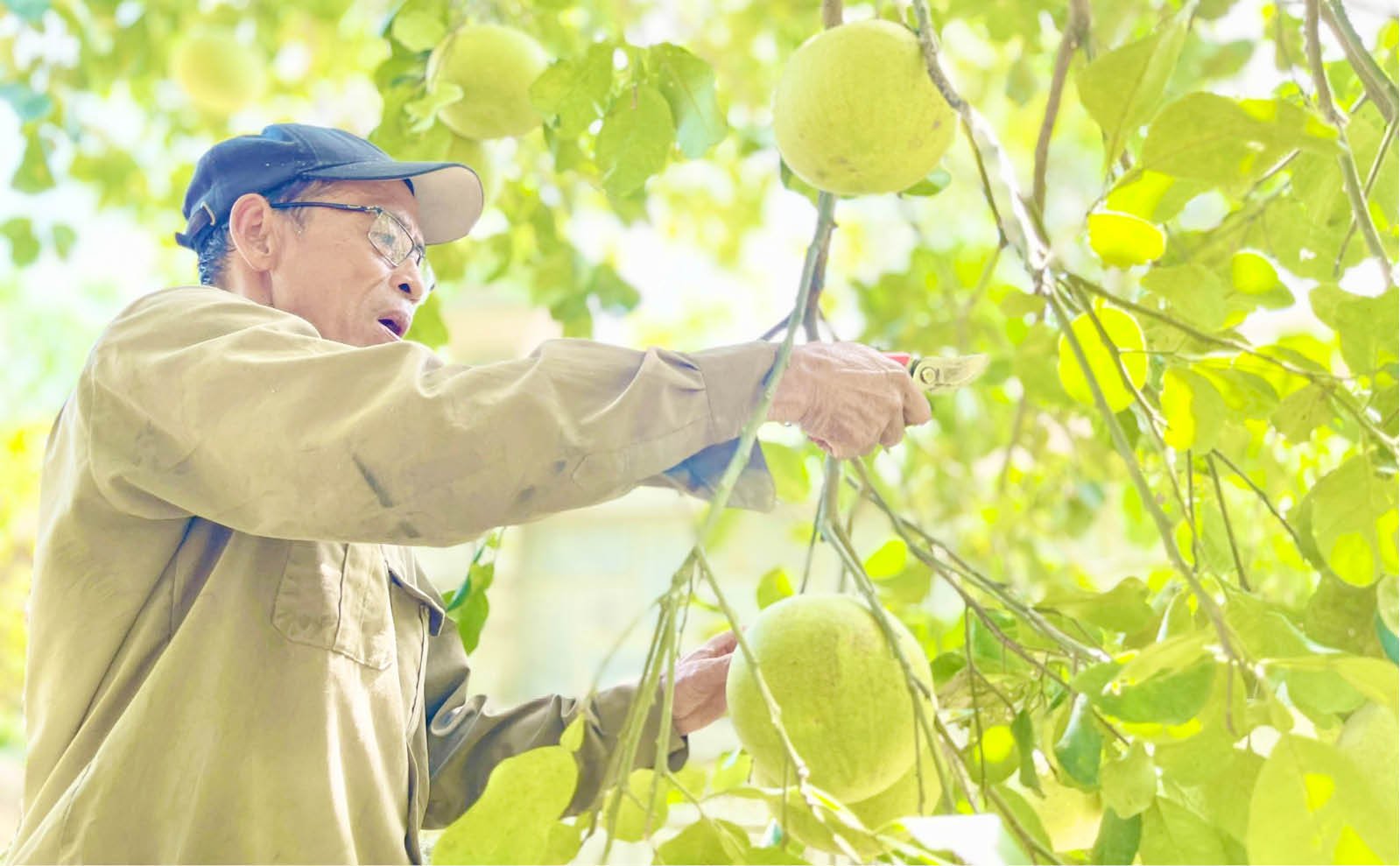 |
| Thuy Bieu pomelos (Thuy Xuan ward) are being developed according to an organic model. |
Not as expected
Recent statistics show that the agricultural picture in Hue still has many dark colors. The prolonged cold spell at the beginning of the year, unseasonal rains and storm No. 1 have caused the winter-spring rice yield to decrease by nearly 9%, tens of thousands of hectares of summer-autumn rice had to be re-sown. However, just saying that the cause was due to natural disasters is not enough.
According to Dr. Le Tien Dung, former Head of the Faculty of Agronomy, University of Agriculture and Forestry, Hue University, Hue often faces storms and floods but still has periods of maintaining growth. The root of the problem lies in the lack of sustainability in the production - processing - consumption link. Farmers can produce clean, good quality products, but the output is still unstable, depending heavily on traders. Deep processing has not developed, the market is not stable, making agricultural products easily fall into a vicious cycle of "good harvest, low price". When growth is based only on output, a small fluctuation in climate or price is enough to drag the whole industry down.
Another reason comes from the internal restructuring process. VietGAP, organic, and circular agriculture models have appeared, but their scale is still small and their influence is limited. Linking chains are not strong enough, and there is a lack of leading enterprises to create great value. This makes the transition to green, high-tech agriculture only at the potential level, not becoming a real driving force for growth.
This slowdown also shows that sustainable agricultural growth cannot rely solely on acreage expansion or natural favors. On the other hand, the story of agricultural restructuring is not a matter of “one or two days”. It requires persistence and synchronization, from production to market, from farmers to enterprises and state management…
Sustainable development
In the current difficult context, to achieve the annual growth target, the agricultural sector must make greater efforts and stick to the proposed scenarios. Director of the Department of Agriculture and Environment Nguyen Dinh Duc affirmed that the path Hue has chosen is still commodity production, high-tech application, organic agriculture development and value chain linkage.
The city has issued the Project "Developing organic agriculture, circular economy according to value chain in the period 2024 - 2030". Accordingly, by 2030, the area of organic land will account for 1 - 1.5% of the total agricultural production area; organic livestock products account for 1 - 1.2%; organic aquatic products account for 0.5 - 1%. Not only stopping at the area target, the project also sets a requirement to increase the value per unit of organic production 1.5 - 1.8 times higher than the traditional method. Along with that, more than 20 pilot models will be deployed, forming closed linkage chains, utilizing agricultural by-products to produce fertilizers and feed, creating a green cycle.
According to the Department of Agriculture and Environment, in the coming period, the agricultural sector will accelerate the application of science and technology, especially digital technology in traceability and quality control; develop concentrated production areas with synchronous infrastructure; support capital and training for farmers and cooperatives; expand consumption markets through e-commerce and connect with experiential tourism...
Clearly, agricultural restructuring in Hue is not just about numbers or models on paper, but a change in the mindset, habits and practices of each household. Low growth does not mean failure, but is a reminder that restructuring is a long journey, requiring perseverance and synchronization. With many advantages, if exploited properly, linking production with tourism, services and environmental protection, agriculture can completely become a green pillar of sustainable development.
Experts say that Hue needs to quickly form more concentrated production areas with modern infrastructure, and consider the application of digital technology in crop management, traceability, and quality control as mandatory requirements. Only when agricultural products prove clean production processes and consistent quality can they easily access demanding markets, from large domestic supermarket chains to exports. “The key is still to build a strong chain of links between farmers - cooperatives - enterprises - markets. At the same time, training and coaching for farmers should be considered a strategic task to ensure the success of the restructuring process. And here, enterprises play a core role. Only when processing and distribution enterprises participate, farmers can feel secure in producing according to standards and new products can escape the situation of selling raw products at cheap prices. Hue needs policies to attract enterprises to invest in agriculture, especially in the field of processing agricultural, aquatic and forestry products, to increase value and reduce consumption pressure,” said Dr. Le Tien Dung.
Source: https://huengaynay.vn/kinh-te/nong-nghiep-nong-thon/de-nong-nghiep-vuot-qua-nguong-chung-lai-157126.html








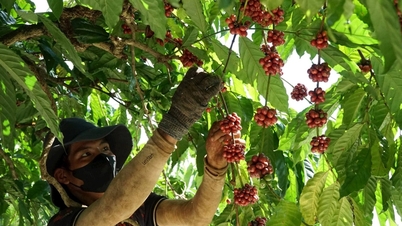



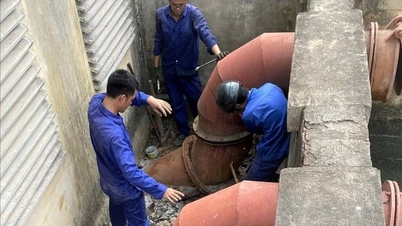

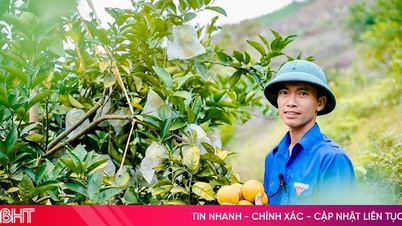

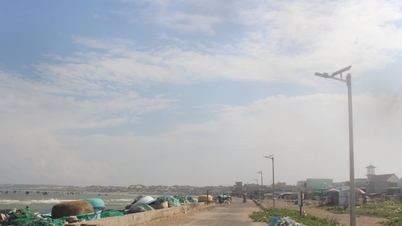




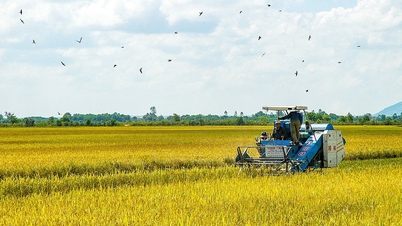
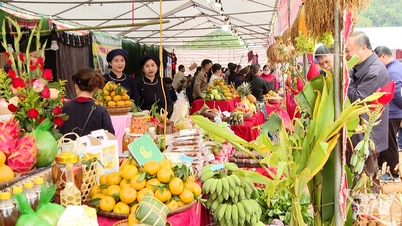









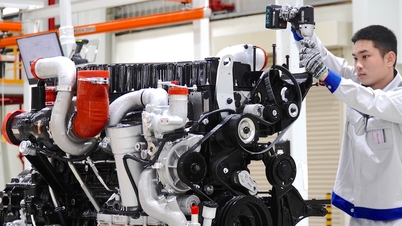
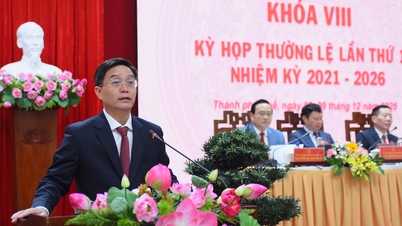

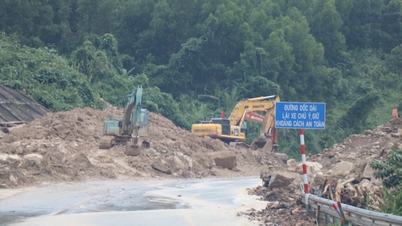
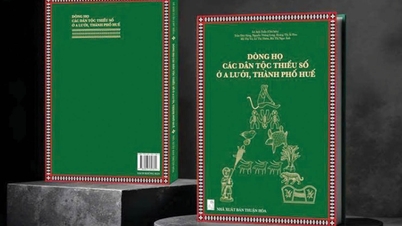




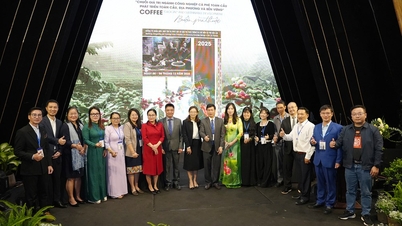
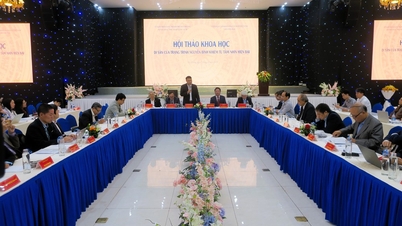


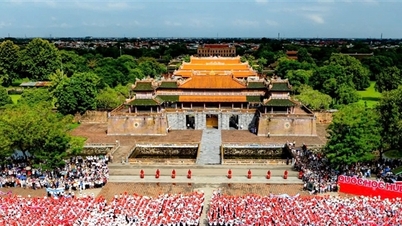

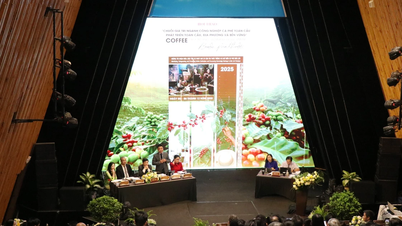
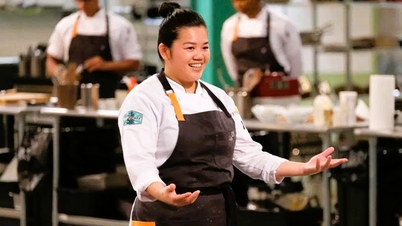



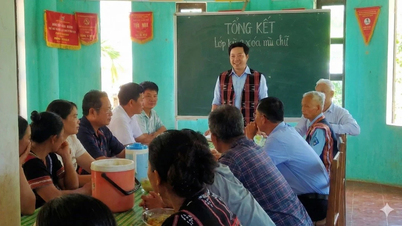




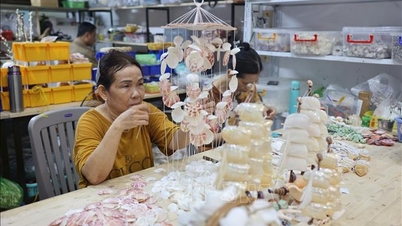





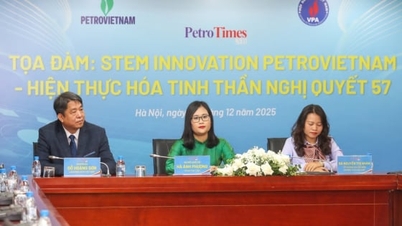


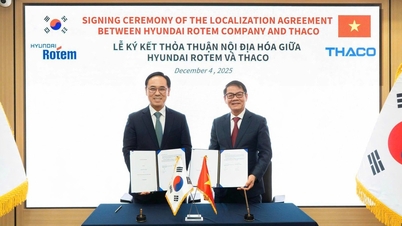





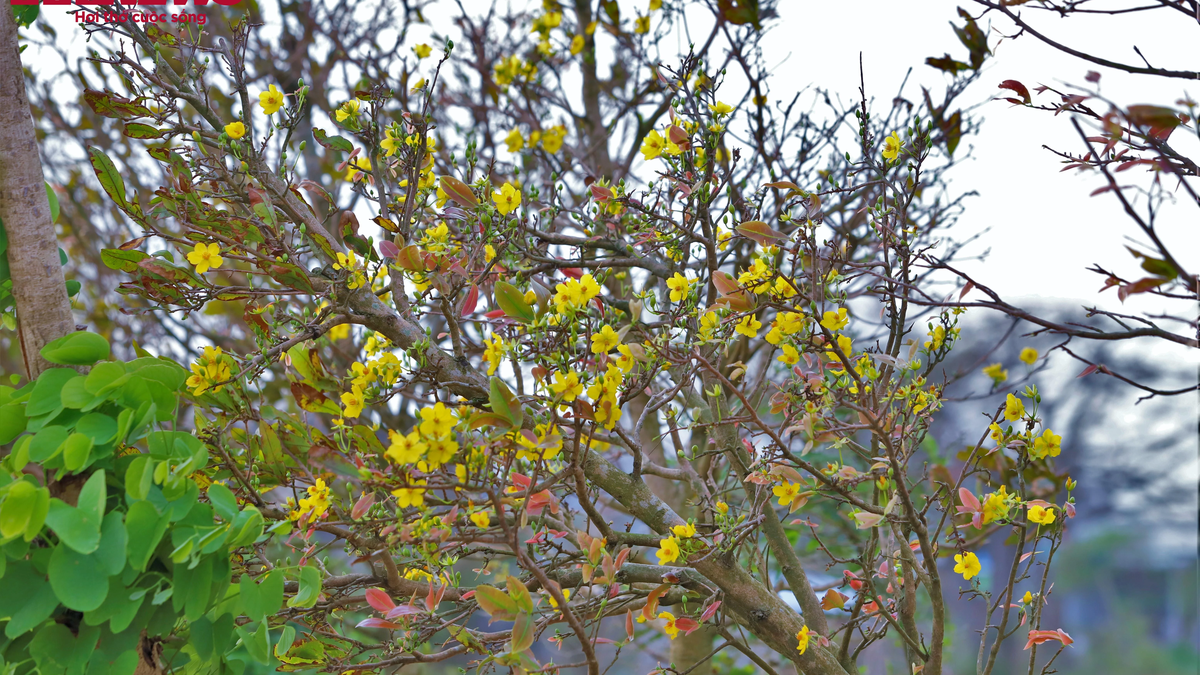




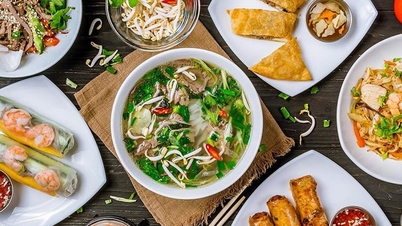













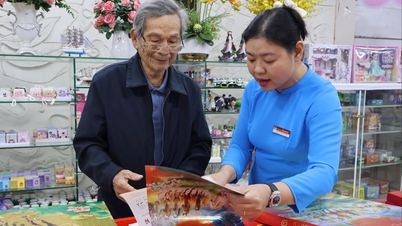




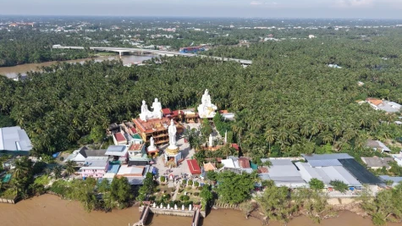
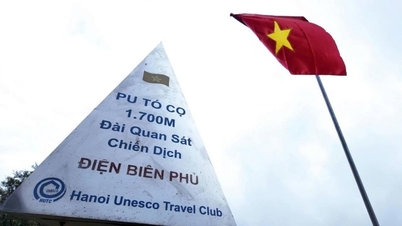














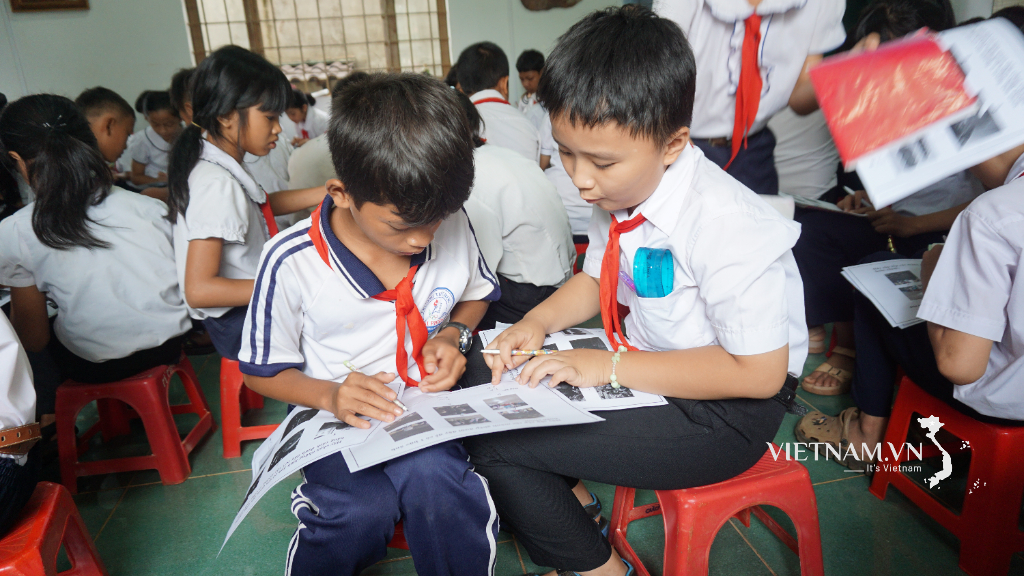




Comment (0)